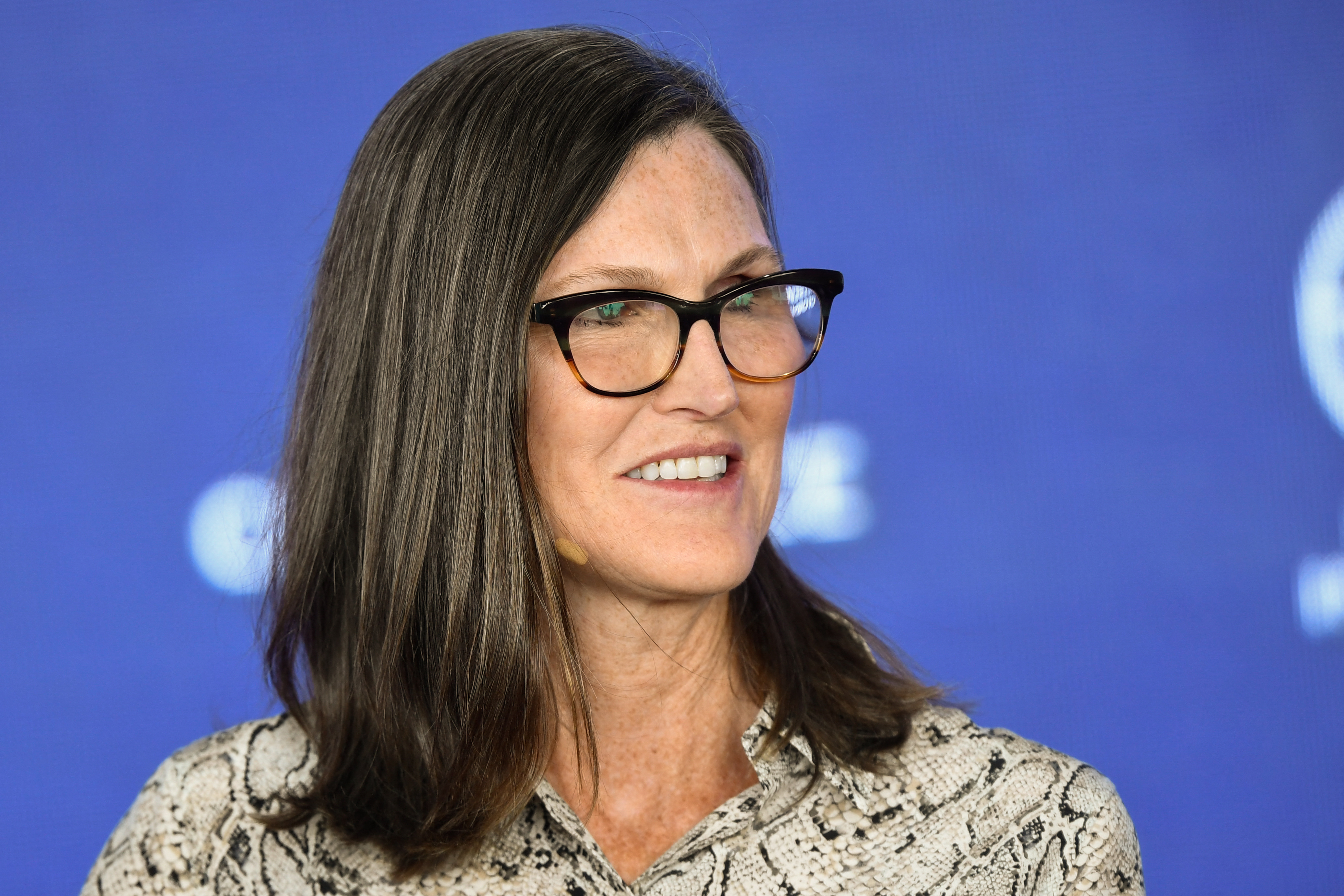
An analyst from Cathie Wood-led Ark Investment Management considers 3D printing as a pivotal element in the transition to all-electric robotaxis.
“Ark estimates the 3D printed end-use product opportunity to be valued at approximately $500 billion, which is 30 times the current market size ,” said analyst Tasha Keeney in a newsletter published on Monday.
She emphasized that 3D printing will play a vital role in the shift from combustion engine driver-controlled vehicles to electric robotaxis.

At Ford Motor Co, Ark anticipates that 3D printing could reduce total inventory costs by 10%, equivalent to $100 million. This estimation is based on Ford’s projection that 3D printing will affect 20% of its general parts inventory.
“Producing end-use parts from scratch using 3D printing would further decrease costs compared to Ford’s existing estimates related to tooling and spare parts , ” said Keeney.
Why It Matters: 3D printing is already integrated into the mobility sector, with its adoption by players such as German automaker Volkswagen AG and Elon Musk‘s rocket manufacturing firm, SpaceX.

Notably, Ark Invest also has a stake in Velo3D Inc , a 3D-printing technology firm that counts Tesla and SpaceX among its key customers.
As of the latest data, Ark holds nearly 12 million shares of Velo3D across three funds which include ARK Autonomous Tech. & Robotics ETF , ARK Space Exploration & Innovation ETF and The 3D Printing ETF with a market value of $16.8 million.
Ark’s optimistic perspective on 3D printing in the automotive industry aligns with broader industry trends. According to a report by Market.us, the global automotive 3D printing market is expected to grow from $2.2 billion in 2022 to approximately $15.8 billion by 2032.
© 2023 Zenger News.com. Zenger News does not provide investment advice. All rights reserved.
Produced in association with Benzinga
Edited by Miriam Onyango and Newsdesk Manager







